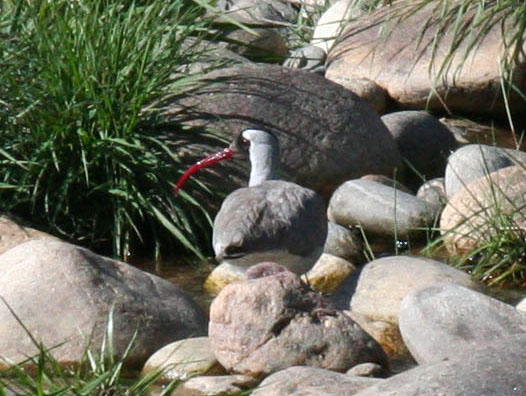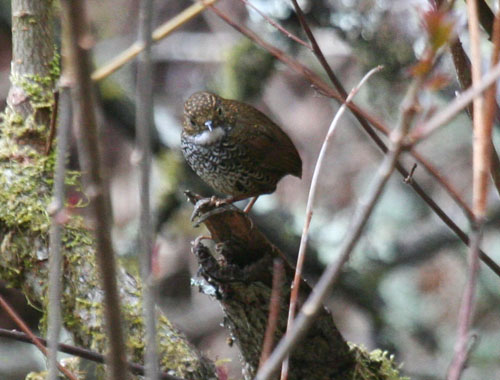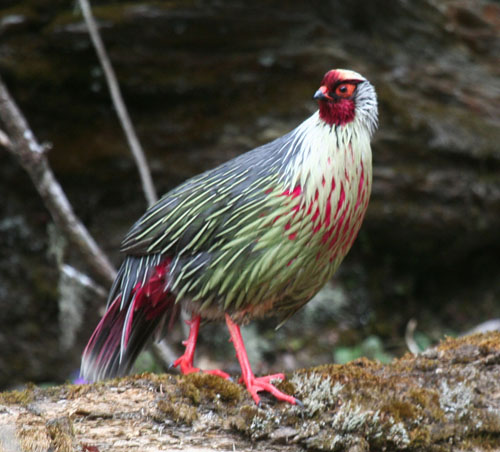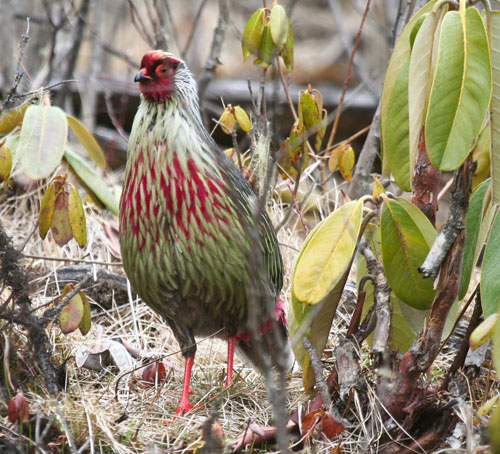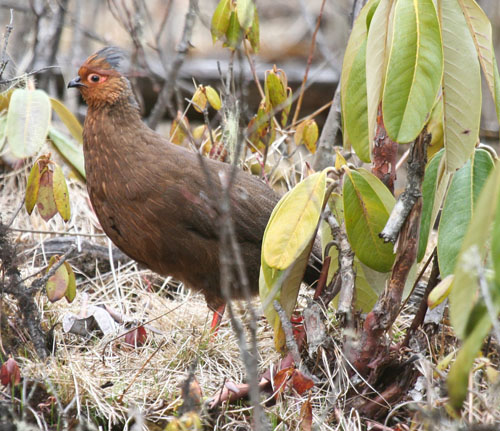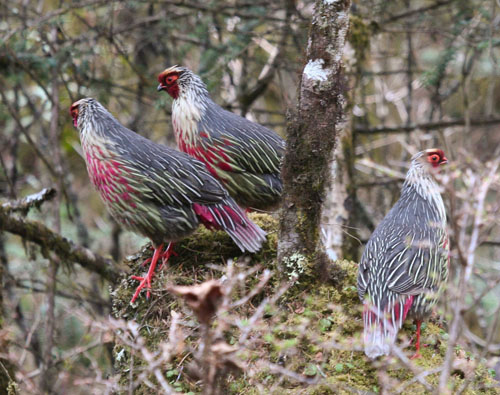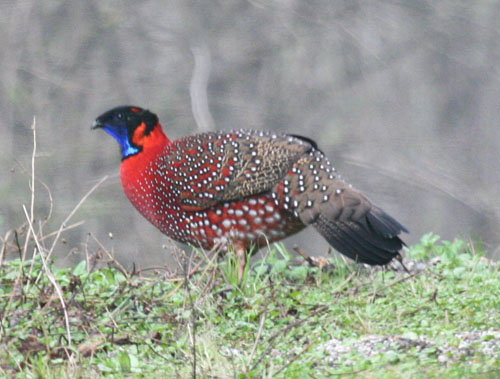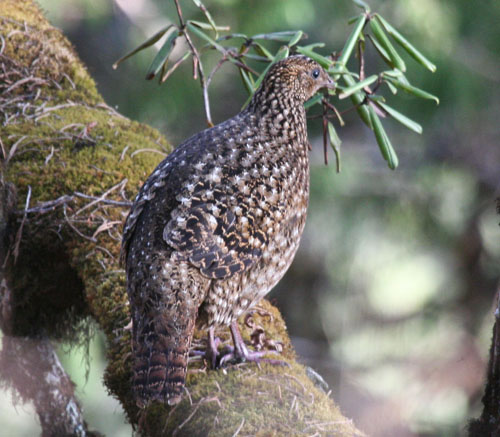I am particularly fond of the Wood Warblers and Hummingbirds of North and South America. They are, for the most part, small, quick, colorful and challenging to identify. In Asia, the Sunbird family fills that niche.
Two beautiful and very similar Sunbird species are Mrs. Gould’s Sunbirds and Green-tailed Sunbirds. Can you tell which is which?
(The first one above is Mrs. Gould’s, note the crimson mantle and back. It is perched on one of the many rhododendron trees which were in full bloom. The last two are Green-tailed)
Another colorful little bird is a member of the numerous Old World Flycatcher family. Here is a Pygmy Blue Flycatcher.
More common, and as beautiful in their own right, were the Verditer Flycatchers.
The Ultramarine Flycatchers never seemed to show up in good light, but in good light, they were quite pleasing to the eye.
Many members of the Flycatcher family do not have a claim to pretty colors; they are often quite drab. That makes identification even more of a challenge.
This Sultan Tit has a just claim to its name.
Whereas the Blood Pheasants won Bird of the Trip award, what might have been a contender were the more difficult to see Silver-eared Mesias.
The next installment of the Bhutan birds seen on our recent trip will feature a mixture of the more interesting birds that cooperated with the in-house photographer, and that do not clearly fit in the “big bird” or “very small bird” categories, but represent a cross-section. Also included will be a few of the animals we saw.

